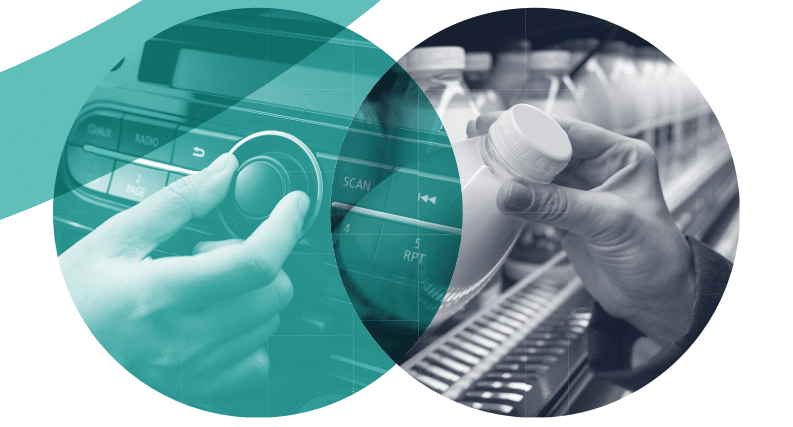New research on FMCG advertising by Shoppercentric, Building Shelf Awareness, considers how live radio reaches 38% of people travelling by car to buy groceries (13 times more than the reach of next largest editorial media)* and explores the significant effect this can have on shoppers’ purchasing decisions once they are in the store.
Shoppercentric used a range of research techniques, such as eye-tracking and emotional response recognition, combined with a questionnaire to capture both subconscious and conscious response to radio advertising heard passively on the journey to the supermarket.
The report also explores how marketers can optimise these effects, through creative development and media planning strategies, such as using consistent audio brand assets or up-weighting airtime around key shopping times.
The research reveals:
- FMCG radio ads heard in-car on the journey to buy groceries helps brands get noticed, increasing visibility on shelf by 11%
- the advertising also has a significant impact on buying behaviour reinforcing brand loyalty evidenced by a 30% increase in purchase among buyers who usually buy the brand
- encouraging brand switching, with purchase intent among people who don’t usually buy the brand increasing by 39%
Radiocentre’s Planning Director Mark Barber goes into more detail on this report at its launch during the Tuning In Livestream on 19th May 2020. Watch below.
* Data from IPA Touchpoints 2019

